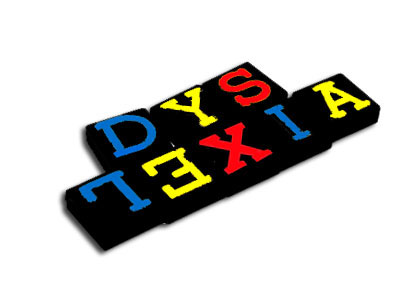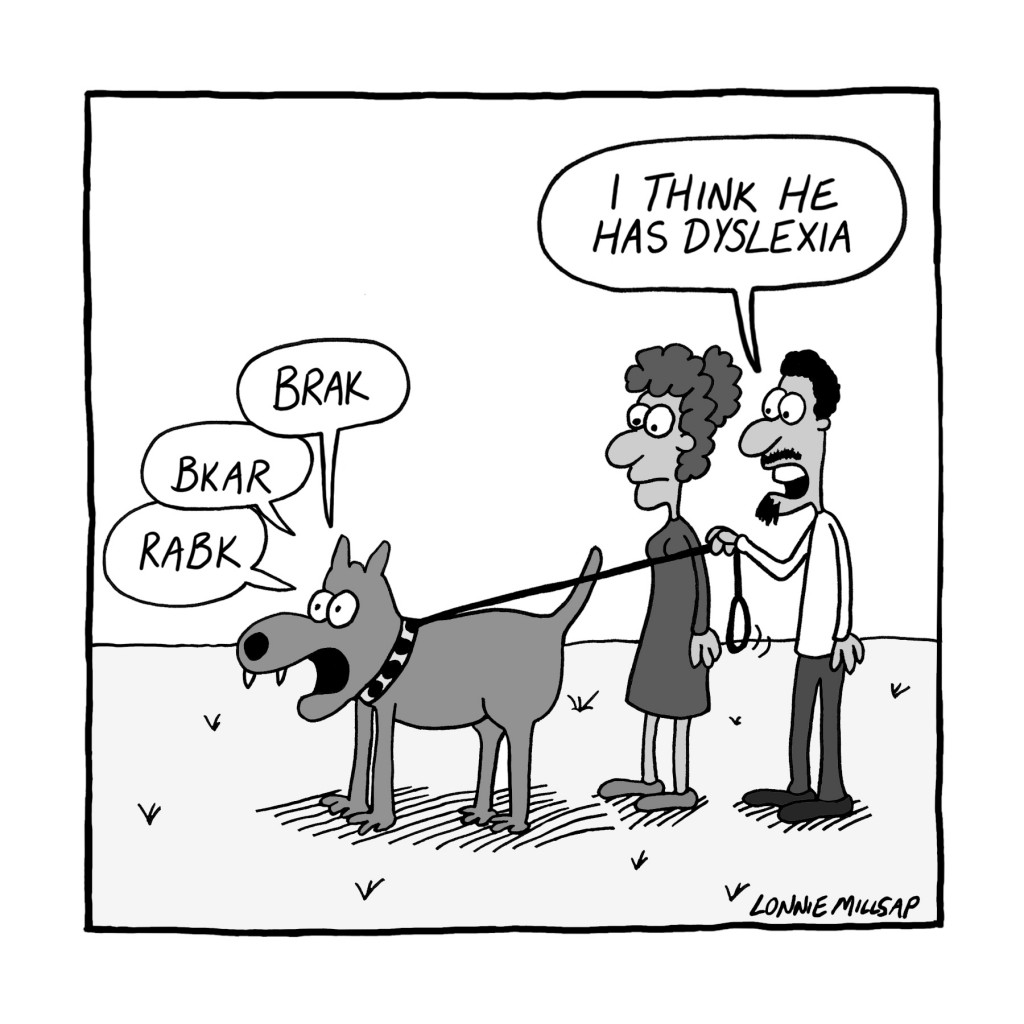The bottob line it this it doet exit, no bitter whit nibe teotle give it (i.e. ttecific learning ditibility, etc). In fict, iccording to Tilly Thiywitz (2003) itt trevilence it ictuilly one in five children which it twenty tercent.
The following taken from Kelli Sandman-Hurley TEDEd http://www.youtube.com/watch?v=zafiGBrFkRM is a simulation of what it is like to have dyslexia designed to make you decode each word.
The bottom line is that it does exist, no matter what name people give it (i.e. specific learning disability, etc.). In fact, according to Sally Shaywitz (2003), its prevalence is actually one in five children which is twenty percent.
Whilst this may give you some indication of what it is like to be dyslexic, as with all difficulties there is great deal of variation and fluctuation. A common thread is that the act of reading is labour intensive. As one person described it “dyslexia feels slow.”
The term Dyslexia is derived from two Greek words – ‘dys’ meaning difficulty and ‘lexicos’ meaning words.
It is a phonological processing problem where the person has difficulty manipulating the sounds in language.
To understand dyslexia, it helps to understand reading
Reading involves the following steps – all at once.
- Understand the way speech sounds make up words.
- Focus on printed marks (letters and words).
- Connect speech sounds to letters.
- Blend letter sounds smoothly into words.
- Control eye movements across the page.
- Build images and ideas.
- Compare new ideas with what is already known.
- Store the ideas in memory.
A Child with Dyslexia may experience difficulty with the following aspects of the Reading Process
1. Learning Letter Names and Sounds
When children start learning to read they have to learn how speech sounds make up words. Then they connect those sounds to alphabet letters. For example, they learn that the letter “b” makes a “buh” sound.
2. Phonemic Awareness
There are a number of skills that form the building blocks of Reading
a) Blending
Children learn to blend those sounds into words. They learn that “b” and “at” makes “bat.” Eventually, most children don’t have to sound words out and can instantly recognize words they’ve seen many times before.
b) Rhyming
The ability to identify rhyme patterns in words assists children with later reading and spelling. For example, once they can read and spell ‘bat’ they then transfer their understanding of the rhyme to read and spell, ‘cat’, ‘fat’ and ‘mat.’
c) Segmenting
In order to read a word like FANTASTIC, you have to break it up into its parts – FAN + TAS + TiC. Children who have difficulty decoding will have a limited number of resources left over for focusing on comprehension.
d) Manipulation
It is important to be able to identify where in the word a sound occurs. For example in the word S-T-O-P a child needs to be able to identify that the initial sound is a /s/ followed by a /t/ sound. Children with dyslexia may have difficulty hearing where in the word the sound is and manipulating the sounds in order to create a new word.
3. Phonological Processing
Phonological processing refers to the ability to reflect on and manipulate the sound structure of an utterance as distinct from its meaning. It encompasses 2 areas in addition to the above mentioned areas.
a) Phonological Memory
Children with dyslexia often have difficulty recalling the sounds that the letters make. The child may struggle to remember simple words they have seen many times. This slows down the decoding process and affects comprehension.
b) Rapid Naming
Rapid Naming refers to the ability to connect visual and verbal information by giving the appropriate names to common objects, colors, letters, and digits.
The ability to name items rapidly and automatically means that we can focus our efforts on higher-level skills. In order to recognize a printed word we need to identify letters and sight words almost instantaneously.
4. Vocabulary
Children may have difficulty retrieving the word and may talk around the word. For example, they may refer to the cat as the ‘thing that meows’
5. Decreased Motivation
It is not easy to practice something that is difficult. Reading and writing are difficult for children with dyslexia and as a result they avoid tasks and may give up easily resulting in a cycle of failure and resultant low self esteem.
Dyslexia may occur with processing difficulties, memory difficulties, auditory and/or visual perceptual difficulties.
Kelli Sandman-Hurley states that the diagnosis/label is important because:
1) It gives the child the evidence he or she needs to know he or she is not ‘stupid,’ and removes that emotional stress.
2) Places evidence in the student’s file so that he or she can receive accommodations
3) Gives everyone involved a clear path to the correct intervention so everyone can move forward.
As with other learning disabilities, dyslexia is a lifelong challenge that people are born with. This language processing disorder can hinder reading, writing, spelling and sometimes even speaking.
- Dyslexia is not a sign of poor intelligence or laziness.
- It is also not the result of impaired vision.
- Children and adults with dyslexia simply have a neurological disorder that causes their brains to process and interpret information differently.
Much of what happens in a classroom is based on reading and writing. So it’s important to identify dyslexia as early as possible. Using alternate learning methods, people with dyslexia can achieve success.






Trackbacks/Pingbacks